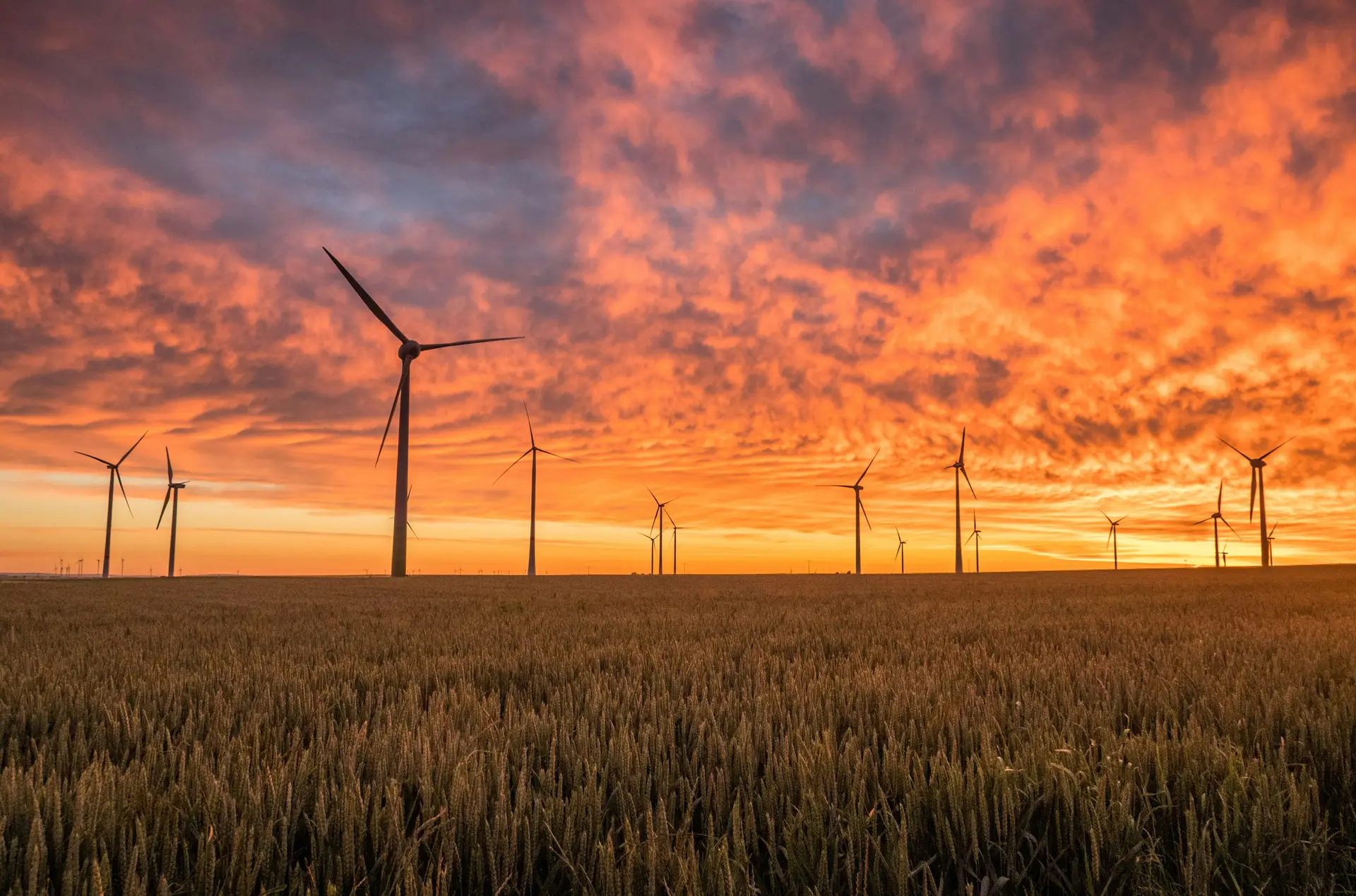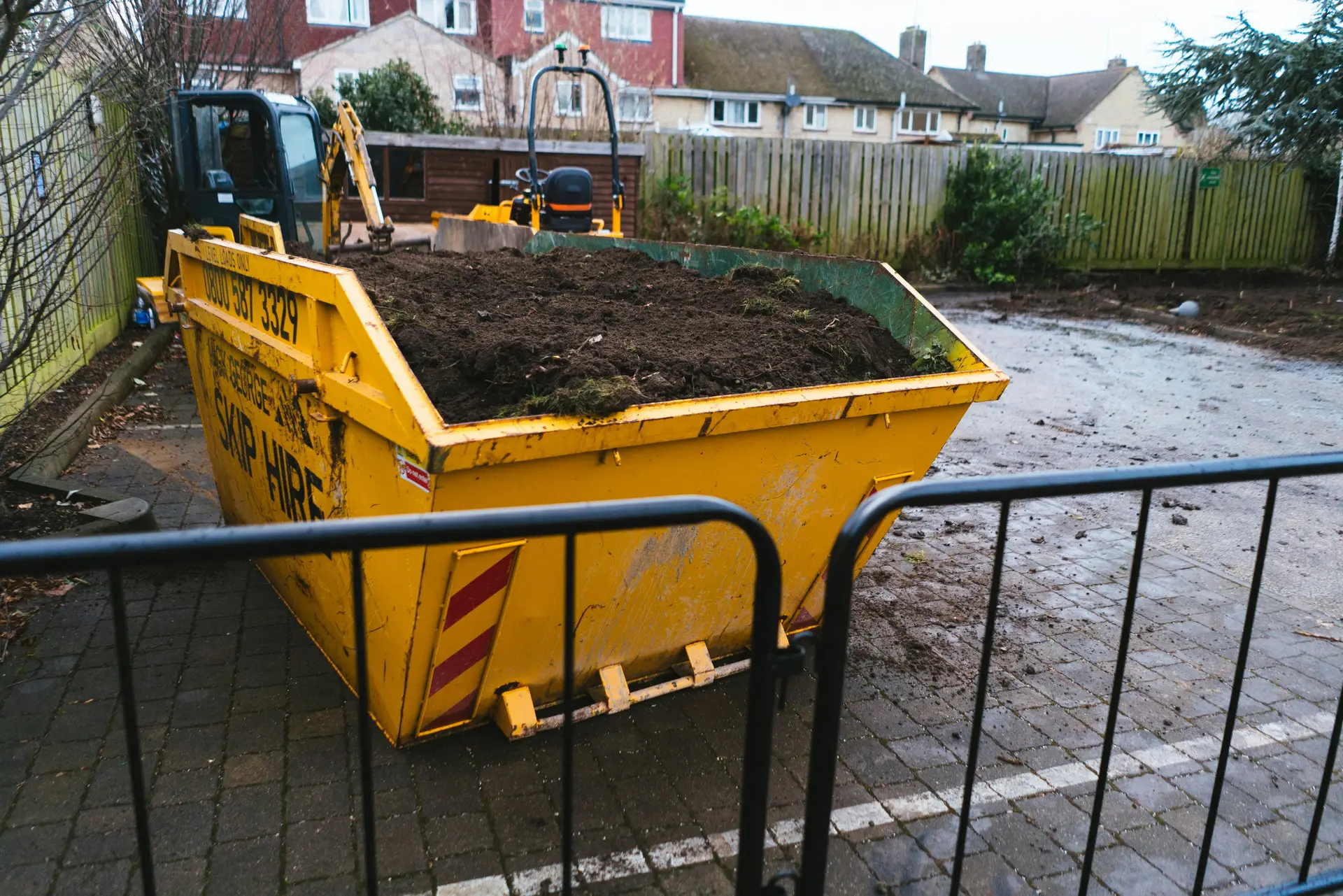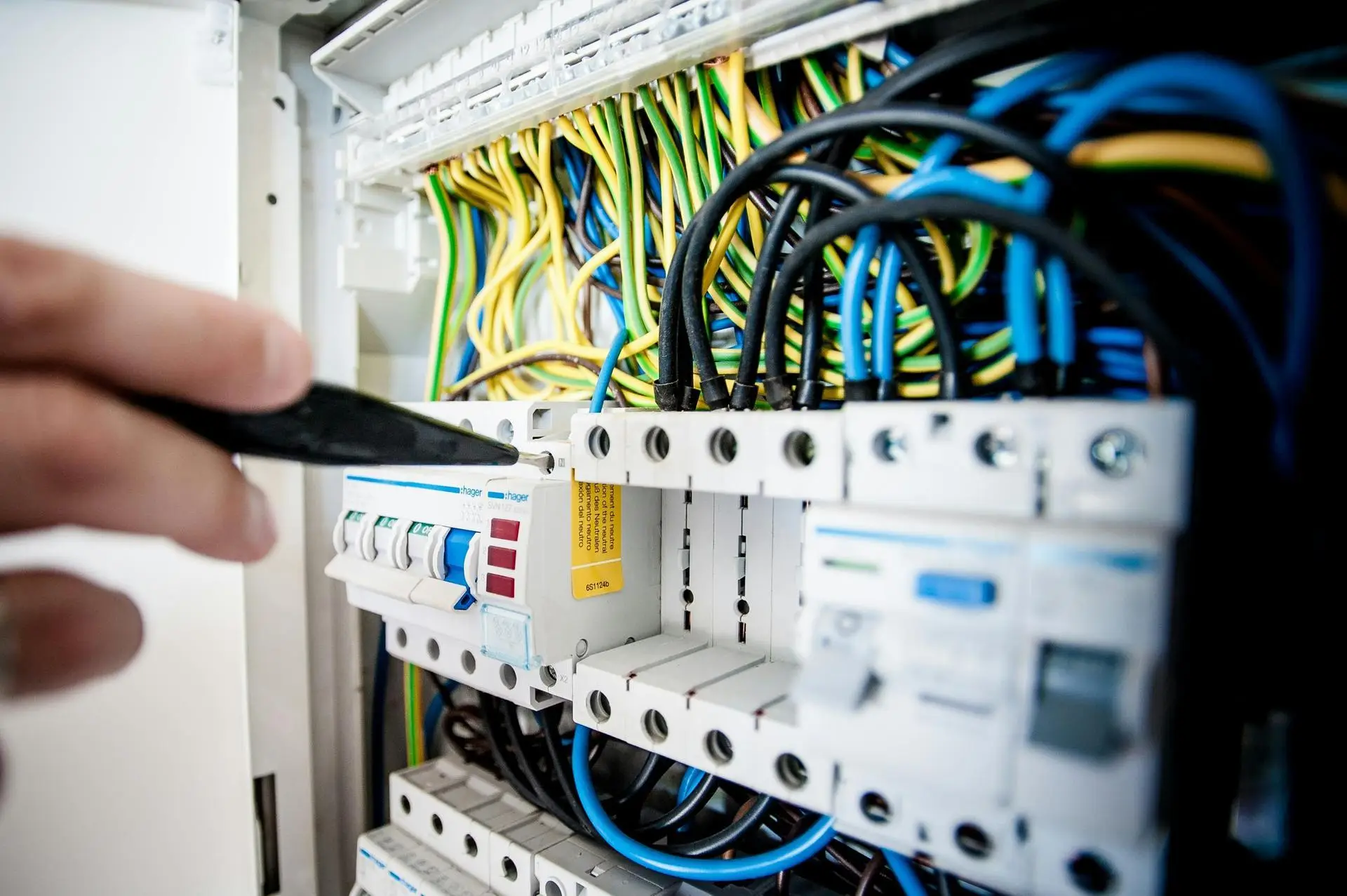Innovative technologies enhancing wind turbine blade repair in the UK
The UK's commitment to renewable energy continues to grow, with wind power occupying a pivotal position in this landscape. Wind energy not only contributes significantly to the nation’s electricity supply but also fosters economic growth and job creation. Key to this success are the wind turbine blades, whose efficiency directly impacts energy production. However, maintaining these blades comes with its own set of challenges, particularly in repair processes that are often costly and time-consuming. Enter innovative technologies that are revolutionizing wind turbine blade repair in the UK, enhancing efficiency, safety, and cost-effectiveness in this vital sector.
The critical nature of wind turbine blade maintenance
Maintenance of wind turbine blades is crucial for maximizing their operational efficiency and ensuring safe, reliable energy production. A well-maintained blade can lead to substantial improvements in energy output, while neglect can result in severe inefficiencies. Additionally, minimizing downtime through effective repairs is essential not only for production but also for reducing the environmental impact of malfunctioning turbines. Conventional methods of wind turbine blade repair, mostly relying on manual inspections and ad hoc repair techniques, pose several limitations. These traditional approaches can be slow and labor-intensive, often leading to prolonged downtimes and increased costs.
Harnessing cutting-edge technologies for efficient blade repairs

Transformative role of drone technology
Drones have emerged as integral tools in the realm of wind turbine blade repair in the UK. They facilitate high-resolution inspections while providing real-time data collection, significantly reducing the time required for traditional manual inspections. Drones can easily access hard-to-reach areas, allowing for detailed imaging that enhances damage assessment accuracy. For instance, recent applications of drones in the UK have demonstrated their ability to detect microscopic cracks and irregularities that may go unnoticed by human inspectors. This not only ensures greater safety but also effectively reduces the overall downtime of turbines for repairs.
Advanced materials and innovative repair solutions
The landscape of wind turbine blade repair is also evolving with the introduction of advanced materials. Recent advancements in composite materials have shown promise in enhancing durability and reducing the weight of repairs. Lightweight yet robust, these materials help maintain the balance and efficiency of the blades while extending their lifespan. Additionally, innovative self-healing materials are emerging as a game changer. These materials have the ability to autonomously mend minor damage, effectively prolonging the life of the blades and minimizing the need for extensive manual intervention.
The role of robotics and artificial intelligence
The integration of robotics in wind turbine blade repair processes is another groundbreaking development. Robots designed for precision damage assessment can execute repairs with unparalleled accuracy, significantly enhancing the overall repair quality. Simultaneously, artificial intelligence plays a crucial role in predictive maintenance strategies. By analyzing large volumes of data, AI can identify patterns and predict potential faults, empowering technicians to conduct repairs preemptively rather than reactively. This not only enhances the reliability of wind turbine operations but also contributes to substantial cost savings.
Revolutionizing production with 3D printing technologies

3D printing is poised to transform the repair landscape for wind turbines in the UK. This technology allows for the on-site creation of custom parts, catering to specific repair needs quickly and efficiently. The ability to produce components on demand reduces lead times significantly and eliminates the delays associated with shipping parts from manufacturers. Case studies in the UK wind sector have illustrated how 3D printing can streamline the repair process, enabling turbines to return to operational status more swiftly than ever before.
Prioritizing safety through innovative repair techniques
One of the most significant advantages of utilizing innovative technologies in wind turbine blade repair is the enhancement of safety protocols. Modern techniques reduce the risk faced by workers, which is vital in such a challenging and high-altitude job. Utilizing drones and robots minimizes the need for human presence at extreme heights, thereby significantly lowering the potential for accidents. Insights from safety protocols outlined in resources such as https://www.ropeaccessinlondon.co.uk/climbing-a-wind-turbine-guide-to-wind-turbine-maintenance/ highlight the importance of technology in transforming safety standards in turbine maintenance.
Training the next generation of wind technicians
The introduction of innovative technologies necessitates an equally progressive approach to training. Virtual reality (VR) and simulation technologies are enhancing training programs for technicians, providing them with immersive, hands-on experiences without the risks associated with real-life procedures. Developing a skilled workforce adept in these new technologies is imperative for sustaining the growth of the wind energy sector and ensuring that maintenance can keep pace with advancements in technology.

Economic implications: reaping the financial benefits of innovation
The shift towards innovative repair techniques yields substantial economic benefits. A comparison of traditional repair costs with those of innovative technologies reveals a marked reduction in expenses associated with downtime and maintenance interventions. The long-term savings from implementing advanced repair strategies can bolster the financial viability of wind energy production. Moreover, the focus on innovation is attracting investments to the UK’s renewable sector, leading to job creation and the fostering of a skilled labor force poised to meet future demands.
Charting a sustainable future for wind energy
The advancements in wind turbine blade repair technologies underscore a critical transition in the UK's approach to renewable energy maintenance. As the nation continues to strive for an increase in renewable energy sources, these innovations will be vital in meeting the rising demands of efficiency and sustainability. Embracing cutting-edge technologies not only enhances repair processes but also serves to solidify the UK's commitment to a greener, more sustainable future.
In summary, the integration of innovative technologies is transforming wind turbine blade repair in the UK. As advancements continue to emerge, adapting to and adopting these solutions will be essential for maintaining the efficacy and reliability of renewable wind energy systems across the nation. The implications of these developments will shape the future landscape of the UK’s energy strategy, ensuring that it remains at the forefront of global renewable energy efforts.











